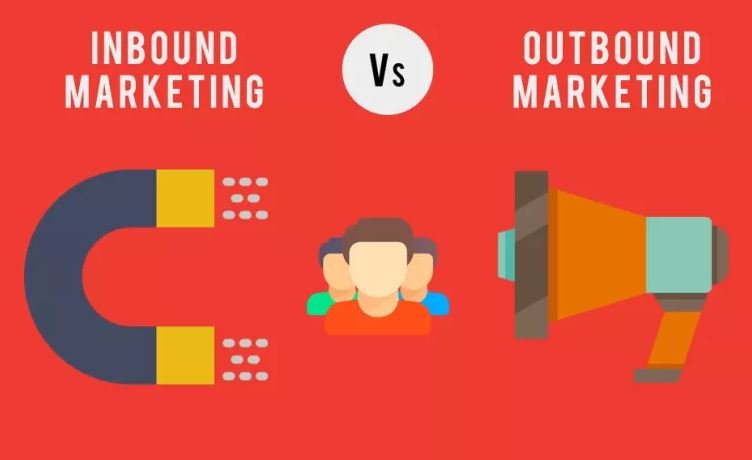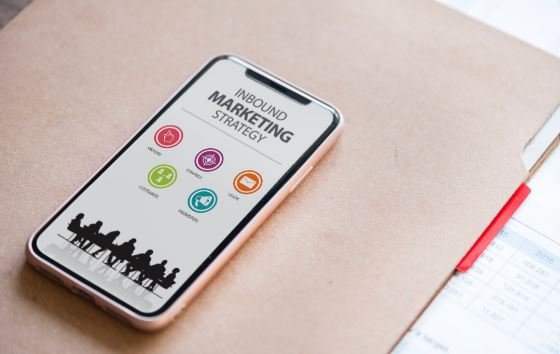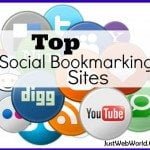Growth hacking is all about getting massive results for your business in the shortest time possible. With the rapid growth of the internet and digital marketing, inbound marketing tops the list of every growth hacker out there.
So what is inbound marketing? How does it differ from outbound marketing? A lot of business owners don’t even know what these terms are referring to, much less how to effectively put them into practice.

Below is a quick primer on inbound vs. outbound marketing and why you need both of them to reach your business goals as quickly as possible.
1] What Is Outbound Marketing?
Outbound marketing is simply the use of “outbound” techniques to market a company’s products and services. With outbound marketing, you’re initiating contact outwardly and seeking out new customers.
Outbound would include both traditional media marketing techniques such as television commercials, radio spots, newspaper ads, magazine ads, flyers and billboards. It also includes telemarketing cold calls, mass email campaigns, banner ads on websites and door-to-door solicitations.
These techniques are often seen as invasive, interruptive and just plain annoying. Nobody likes to be interrupted at home or at work by some telemarketer. Most people also don’t like to have their email inbox flooded with spam emails pitching products and services that they never asked for.
Outbound marketing can be expensive due to the cost of major media advertisements and because it can take several attempts at reaching out to a new audience before any sales materialize. But everyone is familiar with it, and its reach is still massive in scope.
2] What Is Inbound Marketing?
Inbound marketing techniques, on the other hand, are initiated by the potential customer and are directed inward toward the company. When someone needs a new type of product or service and performs a Google search to find what they’re looking for, you want them to come to your website.
These people may or may not be familiar with your brand, but they are already further along toward making a purchase.

So these are often hot leads. They’re in the mood to learn about your products and how you can help them, and these leads will often convert to sales at a much higher rate than those who you reach using outbound methods.
Inbound marketing techniques such as blogging and search engine optimization (SEO) are used to position your company to capture these warmed up leads, particularly through your company website.
You Need Both Approaches for Maximum Results
Despite the drawbacks of outbound marketing and the hype over inbound marketing — the truth is that both methods can produce great results for your business.
Traditional big media ads can bring instant brand awareness to millions of people simultaneously, and you often have a captive audience who won’t simply click the back button on a whim.
Combining outbound and inbound marketing techniques is the best way to quickly grow your brand. If your marketing budget simply won’t allow for both at this point, then focus on inbound marketing tactics like blogging, guest posting, SEO and even social media marketing.
All of these methods can bring tons of traffic to your website, and you can convert traffic into sales from there.
It’s also important that you offer sales and channel marketing training to help your partners grow your sales, both online and offline.
By tracking the results of your marketing efforts, you’ll find methods that work really well for boosting sales of your products, so you’ll want to pass along those methods to magnify your results.
You want everyone in your sales channels to be using the most effective tactics, and communication is key to making that happen.
So there are benefits of using both inbound and outbound methodologies to market your business. Small companies and micro-businesses should start with inbound techniques due to their low cost and then test out some outbound methods online and in local media.
Larger businesses with substantial marketing budgets can engage in both right from the start.
Join 25,000+ smart readers—don’t miss out!

![Growth Hacking 101: Do You Know the Difference Between Inbound and Outbound Marketing? 2 What to Look for In a PPC Management Company [2015]](https://justwebworld.com/wp-content/uploads/2014/11/PPC-Management-Company-150x150.jpg)




